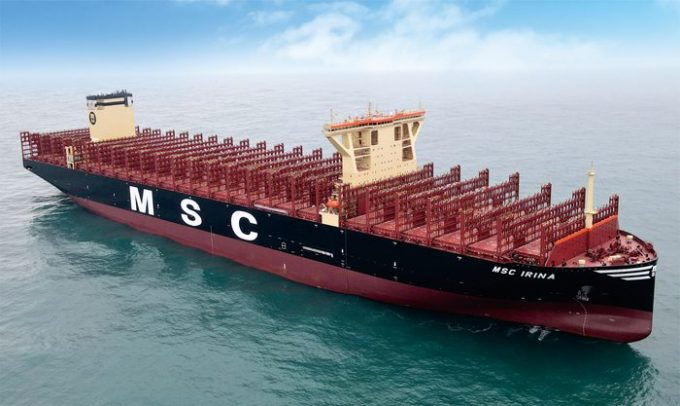BlackRock-MSC-Hutchison: 'Terminal Risk'
Marc Levinson writes on his website: Back in 2006, when he was considering a second run ...

The world’s largest container shipping line, MSC, has taken delivery of the new world’s largest box ship, in terms of capacity, the 24,346 teu scrubber-fitted MSC Irina.
The ULCV was delivered on 9 March with its slightly smaller sister vessel, the 24,116 teu MSC Tessa, also fitted with scrubber technology.
Both vessels are being phased-in to the 2M’s Asia-Europe network and are understood to have already commenced their maiden voyages.
They are part of a series of four vessels being constructed for MSC at ...
Volcanic disruption at Anchorage could hit transpacific airfreight operations
Macron calls for ‘suspension’ – CMA CGM's $20bn US investment in doubt
Forwarders stay cool as US 'liberation day' tariffs threaten 'global trade war'
Shippers snap up airfreight capacity to US ahead of tariff deadline
De minimis exemption on shipments from China to the US will end in May
Tighter EU import requirements proving 'a challenge' for forwarders
Looming Trump tariffs will create 'a bureaucratic monster' for Customs

Comment on this article